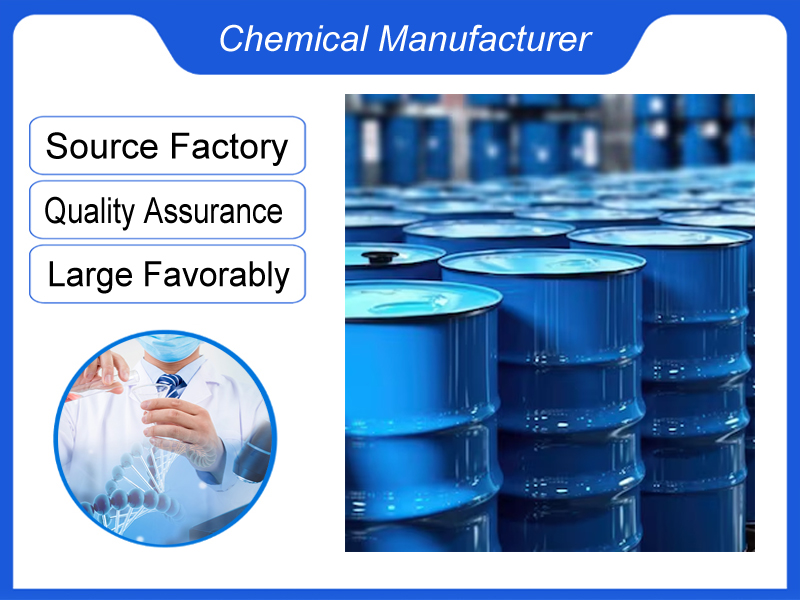
Cefotaxime Sodium CAS 64485-93-4
We are a manufacturer based in China. We specialize in providing high-quality Cefotaxime Sodium CAS 64485-93-4 for industrial clients across various sectors. Whether you need chemicals consultation or technical support, our team is here to help.
Category:Active Pharmaceutical Ingredients Own Brand:MT /MOQ:100KG /From China/ B2B only.
Introduction
Cefotaxime sodium is a commonly used carbapenem antibiotic, belonging to the third generation of semi-synthetic cephalosporin. It has a broader antibacterial spectrum than cefuroxime and has a stronger effect on gram-negative bacteria.
Molecular Formula:C16H16N5NaO7S2
Molecular Weight:477.4
CAS No.: 64485-93-4
Description
Cefotaxime sodium is a semi-synthetic product derived from a fermentation product. It is a white or slightly yellow powder. It is freely soluble in water, sparingly soluble in methanol.
Application
The third generation of broad-spectrum cephalosporin antibiotics, mainly used to treat respiratory diseases, urinary system, intestinal and biliary tract, skin and soft tissues, burns and bone and joint infections caused by sensitive bacteria.
Packing
25kg/bag or as per customer’s requirements.
Storage
Preserve in an airtight container, protected from light. If the substance is sterile, store in a sterile, airtight, tamper-proof container.
Minimum Order
One package
Cefotaxime Sodium: A Veterinary Antibiotic
Cefotaxime Sodium is an important antibiotic in veterinary medicine, utilized for treating a variety of bacterial infections in animals.
1. General Characteristics
| Aspect | Details |
| Classification | Third – generation cephalosporin antibiotic, belonging to the beta – lactam family. |
| Source | Synthesized from 7 – aminocephalosporanic acid through chemical processes. Specific side – chain modifications are made to confer its antibacterial properties and pharmacokinetic profile. |
| Formulation | Available as powders, which can be formulated into injectable solutions for parenteral use, allowing for rapid delivery of the drug into the bloodstream. In some cases, it may be used in topical formulations for treating skin and soft – tissue infections, though injectable use is more common for systemic infections. |
| Solubility | Soluble in water, which is beneficial for preparing injectable solutions. This property enables easy reconstitution of the powder into a suitable solution for administration to animals. |
2. Mechanism of Action
| Action | Explanation |
| Inhibition of Cell Wall Synthesis | Cefotaxime Sodium, like other beta – lactam antibiotics, binds to penicillin – binding proteins (PBPs) in bacteria. These proteins are responsible for the cross – linking of peptidoglycan chains in the bacterial cell wall. By blocking this cross – linking process, the cell wall becomes weakened. As the bacteria grow and divide, the weakened cell wall cannot withstand the internal osmotic pressure, leading to cell lysis and death. |
| Selective Activity | It has a broad – spectrum antibacterial effect. Against Gram – positive bacteria, it is effective against Staphylococcus spp., Streptococcus spp., and Clostridium spp. Among Gram – negative bacteria, it has potent activity against Escherichia coli, Klebsiella pneumoniae, Proteus spp., Haemophilus influenzae, and Neisseria spp. Third – generation cephalosporins, such as cefotaxime sodium, generally have enhanced activity against Gram – negative bacteria compared to first – and second – generation cephalosporins. |
3. Clinical Applications and Considerations
| Category | Details |
| Applications | – Treating respiratory tract infections in livestock and poultry. In poultry, it can be used against Escherichia coli, Pasteurella multocida, and streptococcal infections. In cattle, it helps combat respiratory diseases caused by Mannheimia haemolytica and Pasteurella multocida. – Managing urinary tract infections in dogs and cats. It can target Escherichia coli and other common urinary tract pathogens. – Treating skin and soft – tissue infections in animals, often caused by Staphylococcus spp. and Streptococcus spp. – Used in treating postoperative infections in animals. Its broad – spectrum activity makes it capable of targeting a wide range of potential pathogens that may be introduced during surgical procedures. – In aquaculture, it can be used to treat bacterial infections in fish, such as Aeromonas hydrophila infections, due to its effectiveness against Gram – negative bacteria. |
| Considerations | – Overuse can lead to the development of antibiotic – resistant bacteria. Adhering to proper dosage and treatment duration as prescribed by veterinarians is crucial. – Allergic reactions can occur in some animals, similar to other beta – lactam antibiotics. Symptoms may include rash, itching, swelling, and in severe cases, anaphylaxis. Monitoring for allergic reactions after administration is important. – High doses or long – term use may cause gastrointestinal upset in animals, including diarrhea, vomiting, and loss of appetite. It may also disrupt the normal gut microbiota. – Caution is required when using it in combination with other drugs. There may be potential drug – drug interactions, especially with other antibiotics that target cell wall synthesis or drugs that affect the renal function. For example, when used with aminoglycosides, there may be an increased risk of nephrotoxicity. Additionally, it may interact with certain drugs that are metabolized by the liver, potentially altering their pharmacokinetics. |
Cefotaxime Sodium plays a significant role in maintaining the health and productivity of livestock, poultry, companion animals, and in aquaculture by effectively treating a wide range of bacterial infections.
If you're ready to take the next step, Leave your message below and we’ll reply soon. 20+ years of chemical manufacturing & export experience, a partner you can trust.





